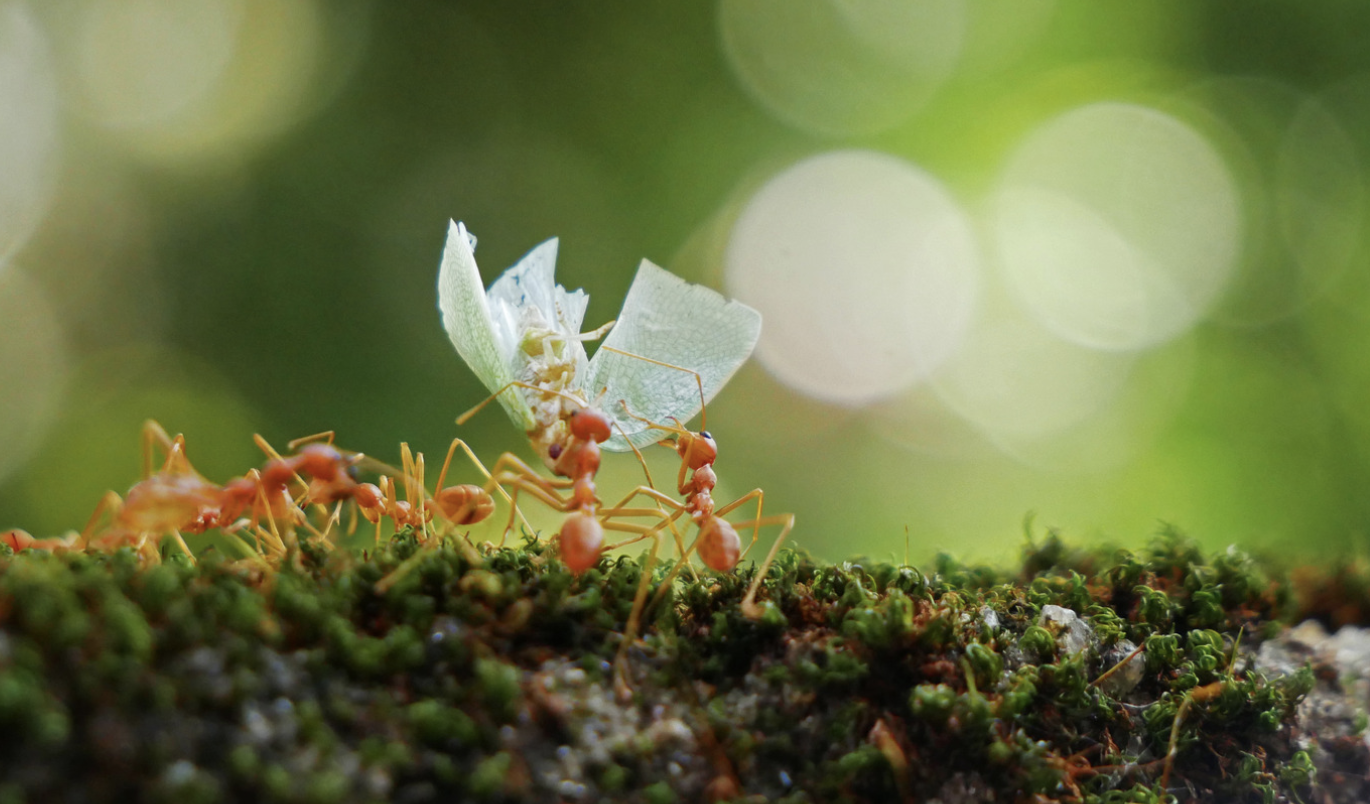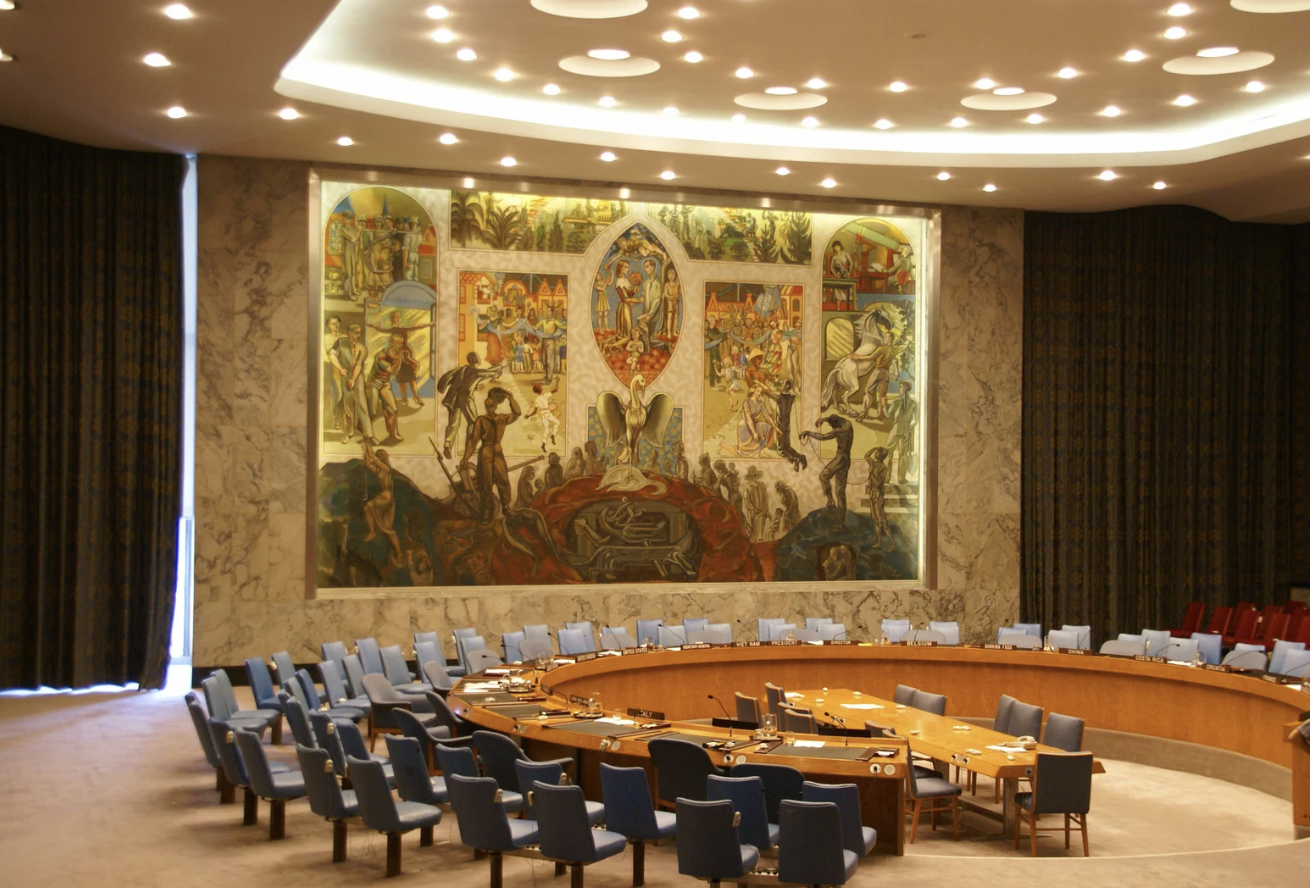Anúncios
Twenty years after “craftivism” was formed, Future Planet examines its climate movement roots.
Sarah Corbett learned to cross-stitch on a trip to Glasgow. Shaking hands and short breath. As she learned cross-stitch, she realized how anxious she was. Cross-stitching required careful concentration and slow, repeated actions, which made her realize she was exhausted.
Corbett, a lifetime activist, has worked with Christian Aid and Oxfam on campaigns by 2008.
She joined social and environmental activist organizations in her free time, but she didn’t fit in. “I didn’t like the abuse they were doing, or using activism as an excuse to be unkind and scream at people and do illegal things,” adds.
Corbett’s involvement was affecting her mental health as an introvert who avoids conflict. The train passengers next to her inquired what she was doing while she worked on her cross-stitch and thought about how she felt.
A bear portrait was stitched by Corbett, who sensed a squandered chance. “I thought, if only I was stitching a quote by Gandhi, we could talk about inequality,” quips. “Because my obsession is activism and social change, not craft.”
She realized crafts may initiate talks. Her “gentle protest” began with this deliberate, careful approach based on empathy and reflection.
After her train ride, Corbett researched craft and activism and discovered “craftivism” by knitter and anti-sweatshop activist Betsy Greer in 2003. Craftivism has evolved beyond awareness-raising to punk-inspired “yarn bombing” public areas by covering trees, lampposts, and postboxes with knitted “graffiti” by grassroots organizations worldwide.
Corbett was inspired by craft’s peaceful, introspective character to create “gentle protest”. She practices calm, deliberate activism. Use craft’s patient, stitch-by-stitch pace to understand injustices. Her “craftivist manifesto” states that it will help explain them and their answers.
Today, Corbett’s south London home is filled with craft supplies, little presents embroidered with environmental statements, and LGBTQ rights and anti-racism symbols. One drawer has a little white cotton cloud reading “I dream of a healthy planet”. A package of sew-in labels says “Good intentions are just the start”.
Corbett’s strategy is different from Extinction Rebellion and Just Stop Oil’s banners, marches, and civil disobedience.
“I think that’s what makes it so powerful,” says Lynn Sanders-Bustle, University of Georgia associate professor of art education and craftivism researcher. Craftivism’s promise lies in three factors, she says.
First, Sanders-Bustle thinks craftivism’s reflection may generate new ideas. In some of [Corbett’s] sessions, they convene this group and purposely ask topic-related questions. Going out to oppose climate change isn’t enough. “You’ll improve your learning and understanding,” she claims.
Second, these activities, though alone, are usually done in groups. “You’re bringing people together and working on a project,” adds Sanders-Bustle. More people are talking about community and social engagement. It’s almost meditative, right? Sitting, working, gluing, knitting, yarning. She thinks individuals may rest, ponder, and be receptive to others’ opinions there.
Sanders concludes, “It’s imaginative. Creative projects, whether about climate or else, produce new solutions. She says imagination.
It may seem contradictory that lonely, contemplative, and thoughtful protest has touched so many. For a small protest, its effects are widespread.
Craftivism’s influence and number of participants are difficult to quantify. But certain craftivist organizations have grown quickly in recent years. Corbett formed the Craftivist Collective, which has organized events in New Zealand, France, Spain, the US, Canada, and the UK. Corbett claims that UN climate envoy and Paris Agreement architect Christiana Figueres has worn one of her designs.
Beyond climate, craftivist initiatives like the Pussyhat Project, a knitting circle that protested Trump during the 2017 Washington Women’s March, have become legendary.
Sanders-Bustle calls the movement a development of the 1990s “participatory turn” in art. “Instead of wanting to create these objects that would hang in museums, artists wanted to create art that was devoted to social change,” adds. “Socially engaged art, craftivism and this gentle kind of protest are connected.”
Sanders cites New Mexico artist Cannupa Hanska Luger for bridging this art with craftivism. In 2016, Standing Rock Sioux Tribe Reservation native Luger provided instructions on how to create a “mirror shield” for Dakota Access Pipeline protesters. The shields have been used in demonstrations worldwide since then.
Craftivism is one manifestation of modern climate activism. Climate action may be as simple as giving to climate-focused organizations, contacting politicians to address climate change, volunteering, or joining a climate demonstration. Not just the politically involved perform these actions—24% of US people did at least one in 2021.
However, US climate action is declining, decreasing to 21% in 2023. However, youthful, left-leaning climate activists remain the most active. Only 28% of US people think climate demonstrations like rallies and marches help the environment (21% think they hurt it). Climate activists were distrusted by 78% of Republicans.
This notion is fueled by the “activist’s dilemma”—that dramatic protests boost awareness but weaken social movements. It’s been shown that a tiny minority or extremist wing may boost moderate support.
“Especially in the US, politics is very divided, and it’s This or That,” Sanders-Bustle explains. “Unless we create a room for it, how can we get to the details? I believe craftivism does that.”
Lorna Rees of the UK thinks craftivism has done that for her family. Rees resides near Christchurch, Dorset, on the UK’s south coast. Rees’ mother, sons, and nephews had never taken climate action together until 2021, when they sat down with Corbett on Christchurch’s quayside for a handicraft project.
“We vote quite differently, but we could all be on board with this issue,” Rees. “We could all see there’s something happening here that’s beyond party politics.”
Left-winger Rees offers classes on crafting amusing banners and has participated in several rallies. Her mother had never been an activist, but she cared about local ecology and the environment. Sitting and making enabled the family to discuss the climate situation and provide support.
“We’re on the coast and we’re seeing a lot of flooding, and we’re losing a lot of our coastline,” Rees. “The things that are happening in our planet and in the weather systems is having a really big local impact on us.”
Rees thinks the absence of conflict helped them talk. Being present and doing things together is key. No aggression was involved.”
Locals stopped to watch and inquired what they were making. They said they were making felt yellow canaries to symbolize the “canary in the coalmine” and warn of the climate problem.
“It was non-confrontational,” recalls Rees. “It was a nice, relaxing method to express our climate catastrophe concerns without fighting. I believe it united our family.”
After making their canaries, Rees’ family mailed them to their local politicians to encourage climate change awareness.
Larraine Larri thinks that craftivism’s intergenerational appeal is a positive. Larri joined the Australian craftivist organization Knitting Nannas after doing a PhD on it.
Larri worked in social sciences assessing school education programs’ efficacy. Her work in the 2000s to mid-2010s gave her confidence in school environmental education programs. Kids understood it, but I feared grownups didn’t. I thought about what might convince grownups to take climate change seriously.”
Larri investigated if craftivism may cover this adult education gap. The Knitting Nannas of Lismore, New South Wales, were her subjects. A mining company’s interest in hydraulic fracturing local coal seam gas resources sparked the organization. The organization does public knit-ins, frequently outside political offices.
“I asked one of the first Knitting Nannas, what do people ask you when you are out knitting?” Larri said they’re frequently asked what they’re producing. “We say, a statement,” she said. “In educational terms, that’s a challenge to think differently,” Larri adds.
In a few years, the Knitting Nannas expanded from one “loop” to over 40 around Australia.
Craftivism may transcend certain divisions, but it may also be limited. Corbett admits that those participants are white and affluent.
“I grew up in a very low-income working-class area in Liverpool and saw first-hand the impact of inequality,” he adds. “So I’m very aware that craft can be expensive, you need time and energy to do it and if you’re living on the breadline and doing three jobs to support your family, you can’t always do it.”
Craftivist efforts like 2017’s Pussyhat Project have been criticized for not being inclusive. “Pussy hats are pink,” Corbett remarks. “For people who don’t have a pink pussy [vulva], that’s an issue.”
In the Global North, “it is mostly a white activity and it doesn’t involve a lot of diverse folks,” says Sanders-Bustle. “One could ask the question, why is that?”
She also mentions indigenous and people of color-led socially engaged art, where craftivism meets. A Harlem native, Faith Ringgold’s story-quilts are renowned worldwide. The Keiskamma Art Project in South Africa crocheted a massive tapestry on climate change, HIV/Aids, and racial and gender equality.
“That whole practice of collective resistance comes out of the Global South in many ways,” Sanders-Bustle explains. But in the Global North, it’s easy to assume, ‘Oh, we came up with it.’ Guess what? Maybe we didn’t.”
Although “craftivism” and “gentle protest” are new, they have extensive history. Sanders-Bustle cites Abolitionists who embroidered anti-slavery sentiments into quilts and the AIDS memorial quilt, which lists 94,000 victims. “I would imagine that these kinds of things have been going on forever,” Sanders-Bustle adds.
Craftivism now is another thread in the tapestry.




